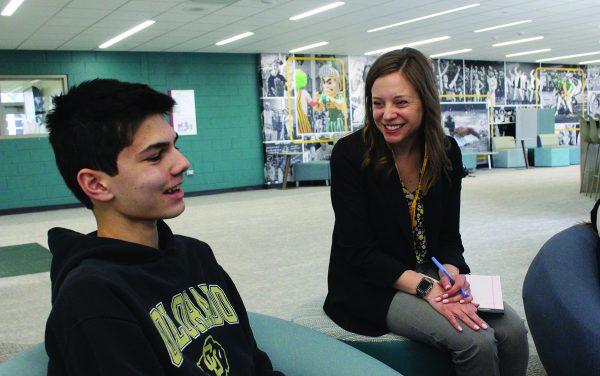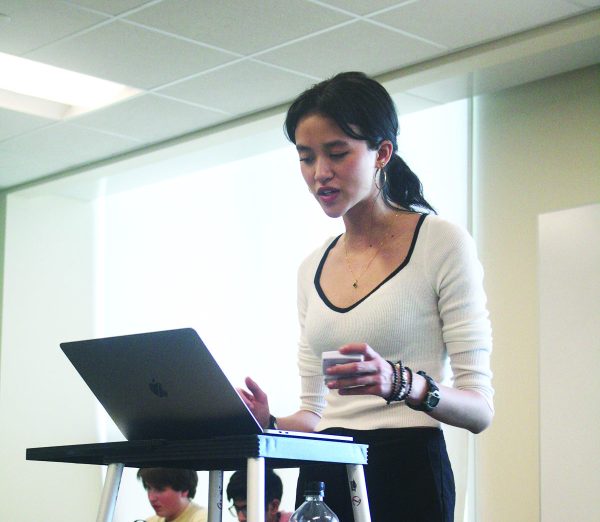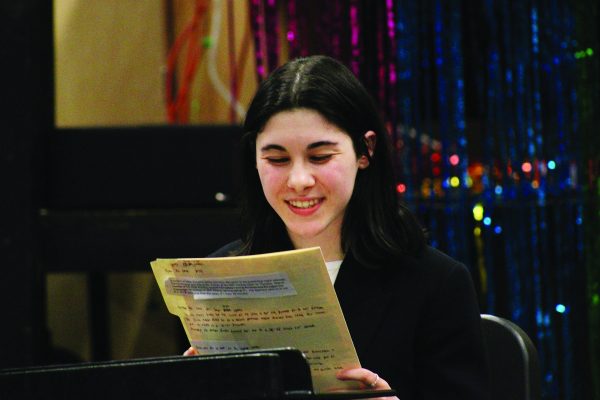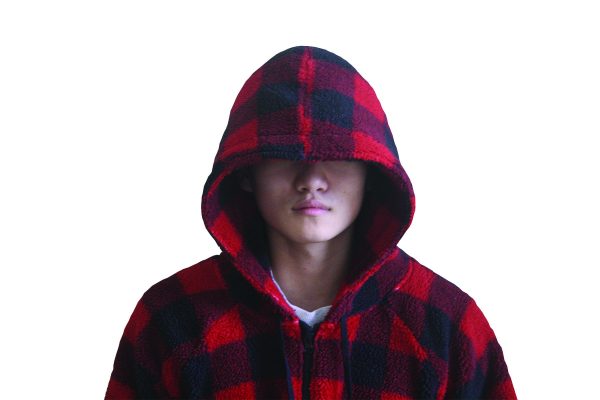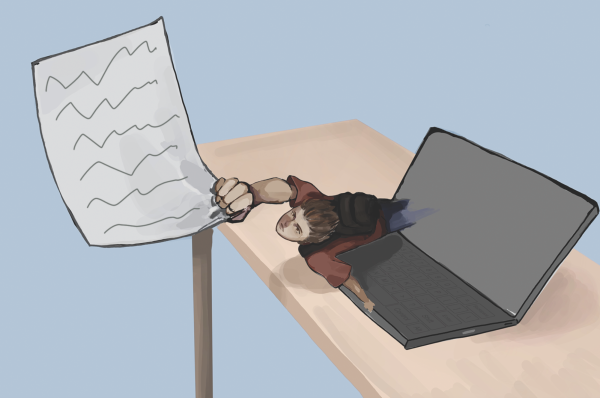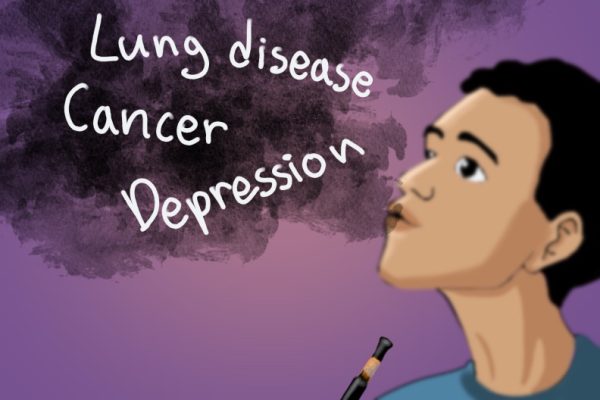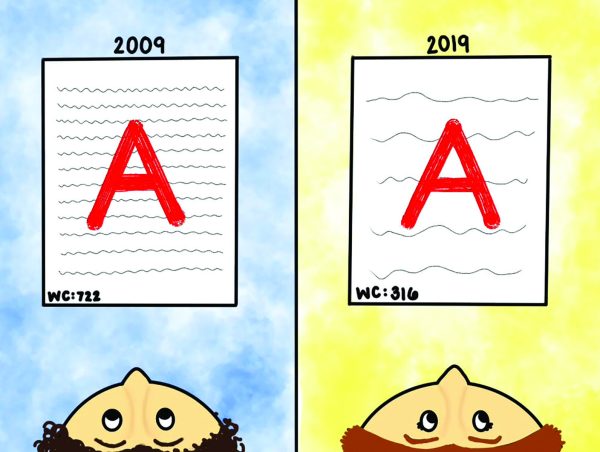Illustrating freedom of expression
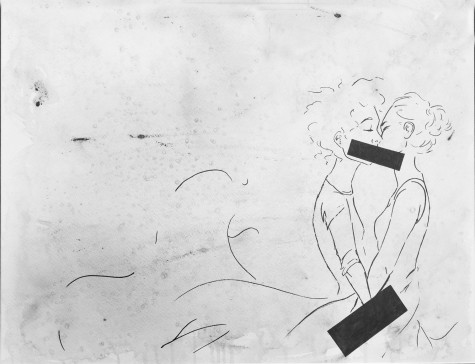
Ever since senior Anna Wasilczuk was in first grade, art has been a way for her to express her passions.
“I draw when I feel a certain emotion, and sometimes when I draw I get a certain emotion,” Wasilczuk said.
This year, Wasilczuk received an honorable mention from an art and essay contest hosted by the Anti-Defamation League (ADL), an agency dedicated to protecting civil rights. The agency’s annual contest, which students from 7th to 11th grade may enter, asks students to submit an essay or a work of art that illustrates how the First Amendment of the U.S. Constitution has impacted their lives. Students who submit artwork must also include a written statement describing their pieces.
Sally Arnold, assistant director of development of the ADL, said the idea for the contest first originated when a study came out saying that 75 percent of high school students did not understand how the First Amendment impacted their lives.
“When this program began in 2006, the ADL received 190 entries,” said Arnold. “We are excited to report that this past year the ADL received approximately 2,000 entries.”
Art teacher Lee Block said she was first contacted over the phone a few years ago about the ADL art and essay contest.
“Last year was the first time that I actually had my students submit a piece for it, and I had one student that submitted last year that won first place,” said Block. “This year, I said to my advanced-level students that first of all, [the freedoms of the First Amendment are] something that I strongly support, it’s local in Chicago and it’s something good for you to do as far as reflecting and thinking about, especially in the arts, the freedom of self-expression.”
According to Wasilczuk, when she heard about the contest, she immediately thought of the LGBTQ community.
“I think about the media a lot and representations of minorities and how a lot of these people don’t get represented accurately,” Wasilczuk said.
Using watercolor, she painted a scene of two women who are kissing and holding hands, with both actions blacked out, against a rainbow background.
“[The message of my piece is] that censorship and not allowing homosexuals to be able to express themselves is negative,” said Wasilczuk. “There shouldn’t be censorship for homosexual couples. They should have the right to express themselves to be who they are.”
Although Wasilczuk said she did not expect to receive an award for her piece, she was excited when she received an honorable mention.
Block said the ADL contest allows people to look at a work of art and find the meaning behind it.
“[The contest] really does hit home for a variety of students, for them to be able to say, ‘You know, my art means a little bit more beyond just making a project when I can … actually kind of extend the life of a work of art by having people either read about my statement and what I think about or how I view the First Amendment freedoms,’” Block said.
Wasilczuk and senior Morgan Berg, who also received an honorable mention for her artwork, went with Block to attend the ADL’s 10th Annual Freedom Award Dinner at the Hilton Chicago on Nov. 18.
“[These contests do not] always have to be about the prize you won or that you came in first place,” said Block. “It’s really about the contributions you make as an artist, or the contributions you make as someone who is taking a risk and trying something like this and taking on a challenge.”


